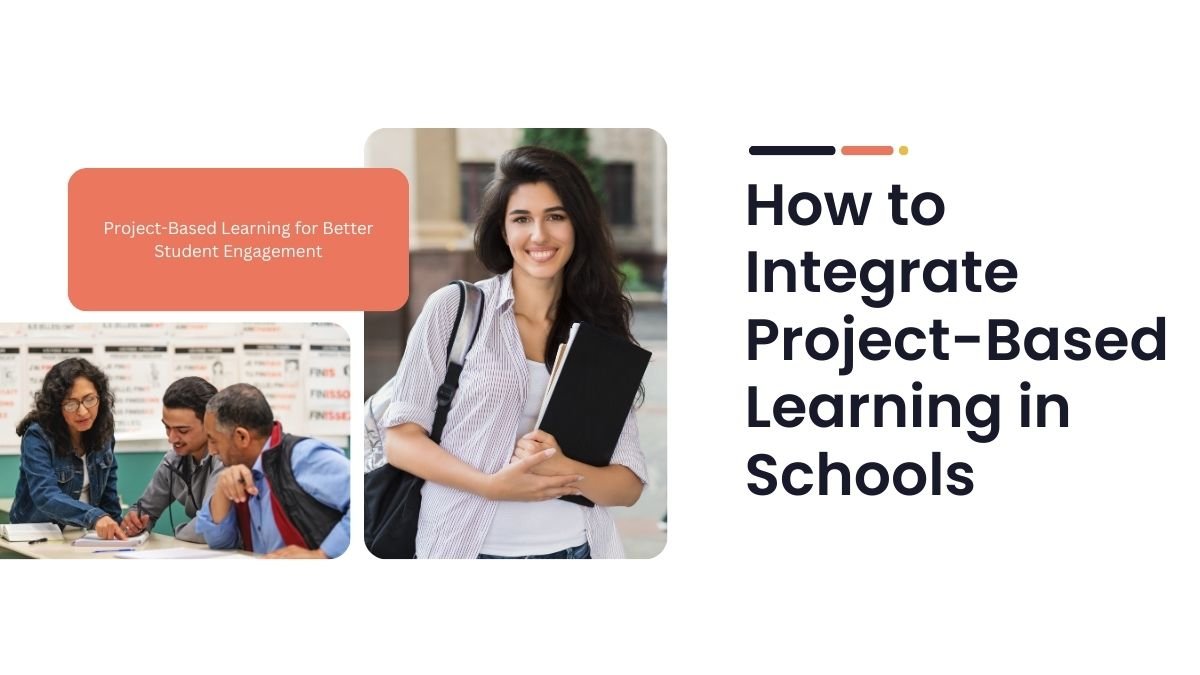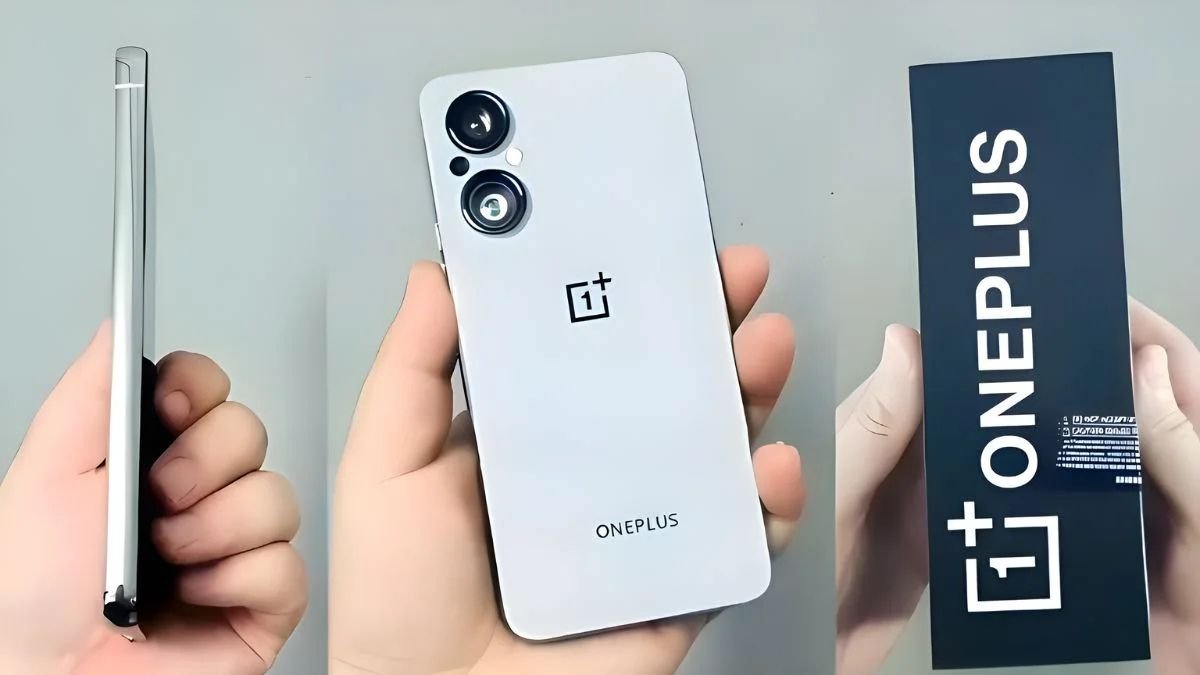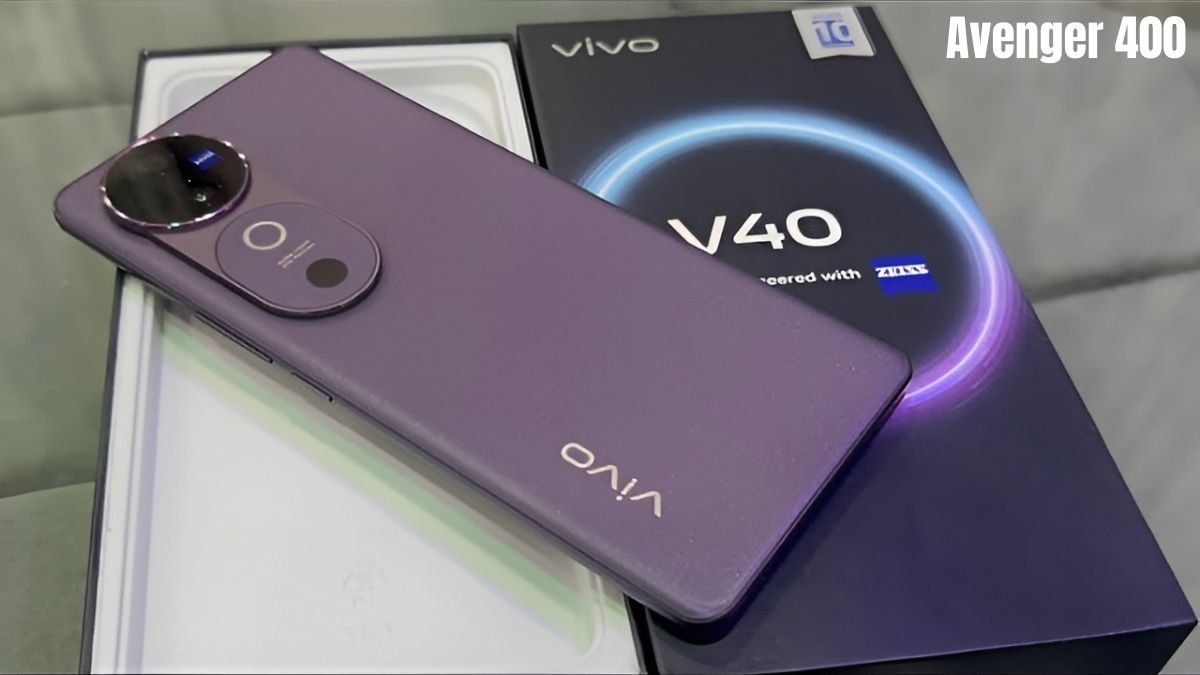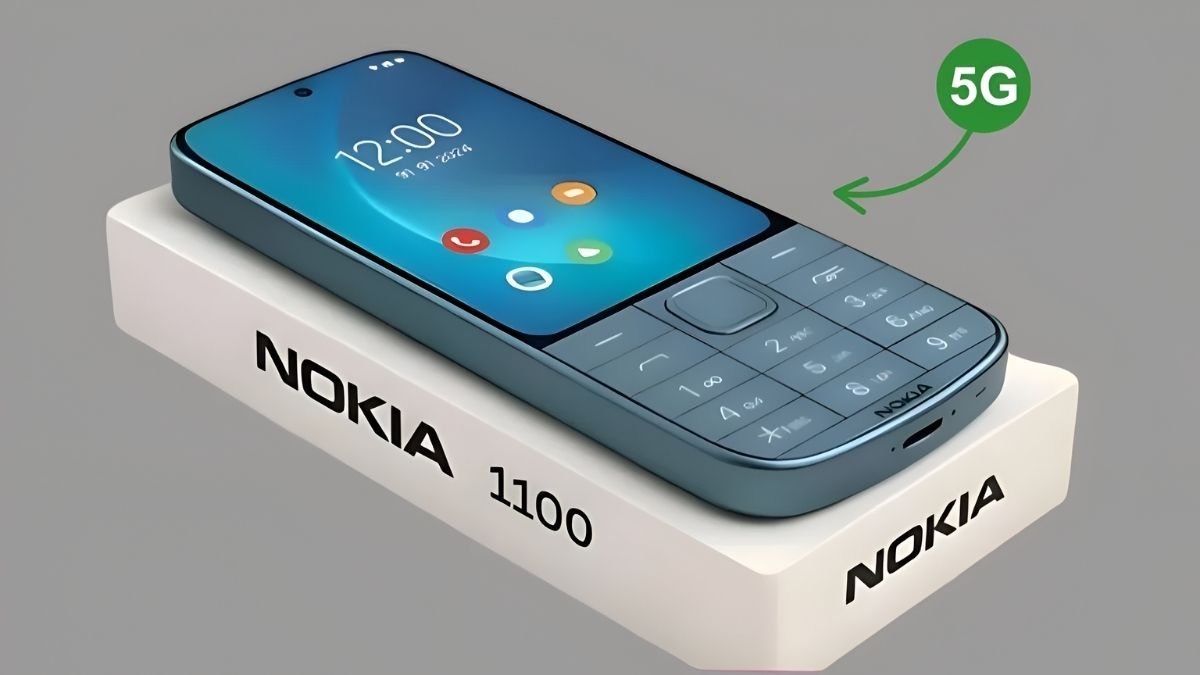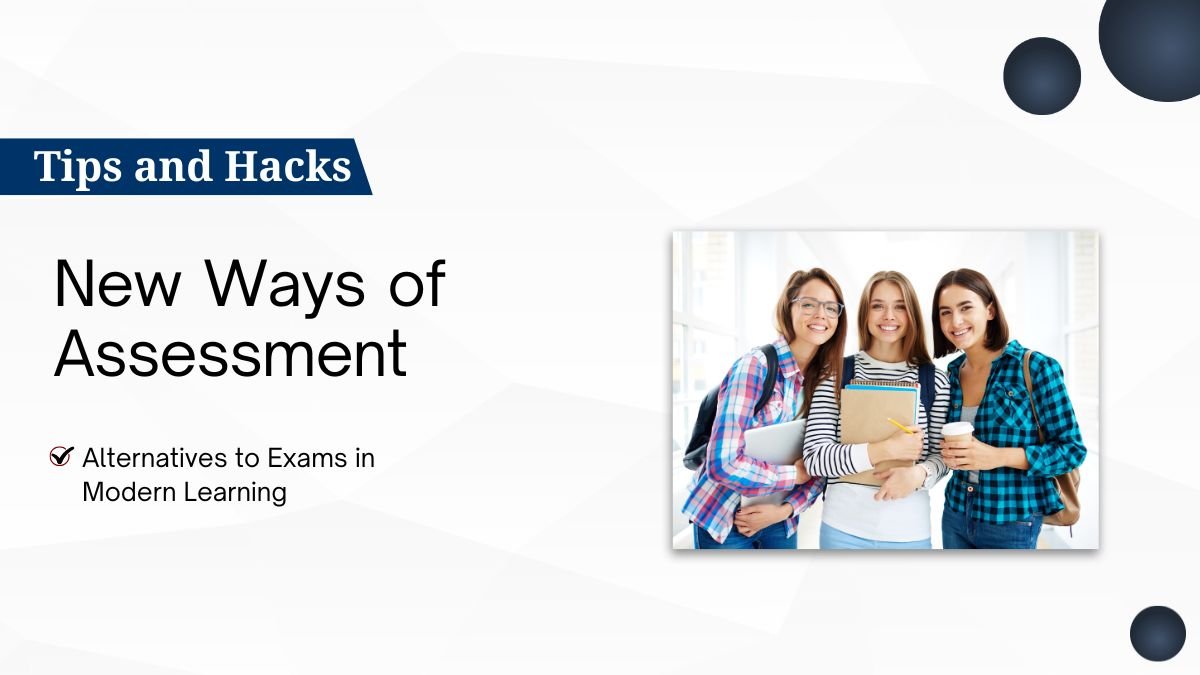Integrating Project-Based Learning (PBL) – Guidelines for B.Ed. Student Teachers
Project-Based Learning (PBL) is a teaching-learning strategy through which students are stimulated to learn while transforming an authentic real-world problem or project into an object of inquiry. The teacher plays the role of a facilitator, guiding students rather than merely delivering content.
Through PBL, students develop creativity, problem-solving skills, teamwork, and self-directed learning. Successful implementation depends on the commitment of students, faculty, and administration.
1. Project Design & Planning
a) Identify Learning Objectives
Decide what knowledge and skills students should acquire from the project. Objectives should align with curriculum standards and be measurable.
Example: In a project on “Using Solar Energy” in a Science class:
- Understand the working of a solar panel
- Calculate energy produced
- Evaluate environmental benefits
b) Develop a Driving Question
Create an open-ended, challenging, and engaging question that sparks curiosity. This question drives the project and guides inquiry.
Example: “How can we effectively use solar energy in our school?”
c) Project Design
Projects should be real-world, student-centered, and allow deep exploration of the subject.
Example:
- History class: Document and present a local historical site.
- Math class: Design and cost out safety equipment.
d) Plan for the Timeline
Break the project into steps and milestones to ensure steady pacing and effective time management.
Example:
- Decide on topic and driving question
- Research and gather data
- Develop a solution and deliver the first presentation
- Develop the final product
- Final presentation and assessment
2. Project Implementation
a) Facilitate Cooperation
Distribute roles equally within the team to ensure participation and develop leadership skills.
Example: Assign a researcher, designer, writer, and presenter in the team.
b) Offer Guidance and Feedback
Provide formative feedback throughout the project to support improvement in research, planning, and problem-solving.
c) Integrate Tools and Technologies
Use digital tools like Google Workspace, Canva, PowerPoint, online resources, and virtual labs to make projects interactive and professional.
Example: Students can use spreadsheets and charts to present findings and share their projects via virtual platforms.
d) Build in Reflection
Have students maintain a reflection journal to document their learning journey, promoting self-awareness and professional development.
3. Assessment & Evaluation
a) Make Assessment Criteria
Create rubrics to evaluate both the final product and the process throughout the project.
b) Support Self- and Peer Assessment
Encourage students to assess themselves and their peers, fostering responsibility and self-monitoring.
c) Performance Assessment
Evaluate both the process and final product against the criteria to ensure learning objectives are met.
4. Integration of PBL around the School
a) Invest in Teacher Training
Train teachers on the design and implementation of PBL effectively.
b) Provide Resources for Students
Ensure availability of materials, technology tools, and community resources to support research and innovation.
c) Nurture a Supportive Culture
Create an environment that fosters curiosity, creativity, and student-centered learning, encouraging experimentation and learning from mistakes.
d) Strategic Integration
Identify opportunities for PBL across lesson plans, balancing project work with the regular curriculum.
5. Practical Tips for B.Ed. Students
- Make Real-Life Links: Engage students with real-world problems and experiments.
- Give Students Assignments: Empower each student with an active role in the team.
- Tech-Savvy: Use technology and digital tools effectively.
- Provide Continuous Feedback: Focus on improving the learning process, not just the final product.
- Ensure Equal Opportunities: Provide all students with the same resources and guidance.
Conclusion
Project-Based Learning (PBL) transforms students into active, self-directed, and creative learners, shifting education from teacher-centered to student-centered. It develops critical thinking, collaboration, innovation, and problem-solving skills, preparing B.Ed students to become modern, effective, and student-centered teachers.
